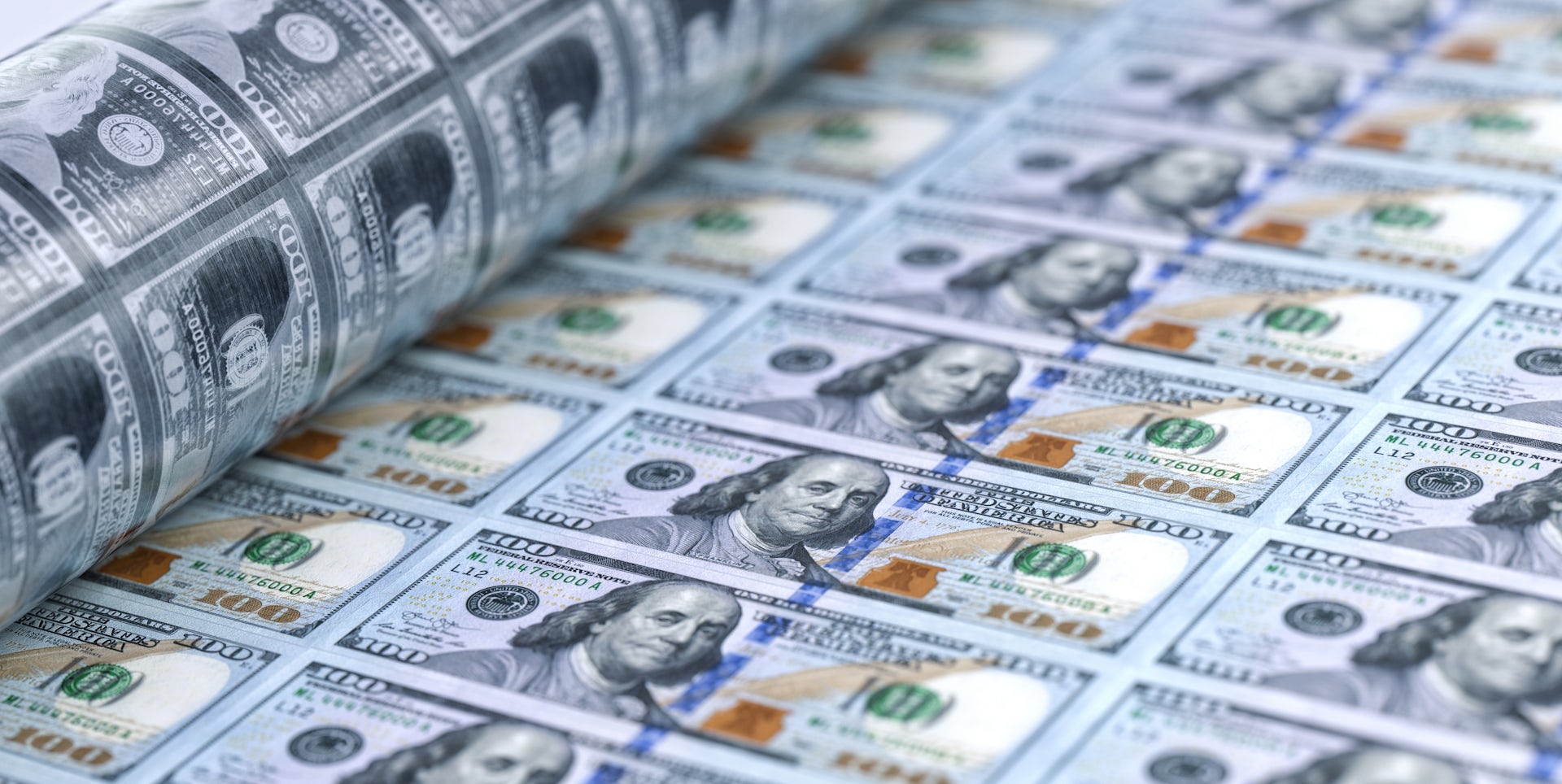That $20 dress direct from China now costs $30 after Trump closed a tariff loophole – and the US wil
New trade barriers are set to go into effect in July 2027.
Fast fashion got a lot pricier for Americans this spring – and it’ll likely get even more expensive in 2027.
That’s because the Trump administration has been rolling back a little-known feature of U.S. customs law that for years had allowed retailers to ship packages duty-free to U.S. shoppers – as long as each shipment was valued under US$800. Known as the “de minimis” exception, this rule had helped keep prices low on Chinese e-commerce platforms such as Shein and Temu, boosting their popularity with American shoppers.
But as of May 2, 2025, that advantage disappeared – at least for China and Hong Kong. That’s when the U.S. officially eliminated the exemption for low-priced imports from those places. Suddenly, cheap fashion wasn’t so cheap anymore – and demand for Shein and Temu plummeted.
But while bargain hunters might hope for workarounds by ordering from platforms based in Vietnam or elsewhere, that’s a temporary fix. The exemption is set to be eliminated for all countries in 2027, thanks to language in the tax and spending bill just signed into law.
But hold up – what’s “de minimis,” anyway?
Cheap dresses and ‘petty matters’
I’m a professsor of marketing who’s long been interested in this loophole. De minimis is short for de minimis non curat lex, which means, “The law does not concern itself with petty matters.” In trade terms, the de minimis exemption refers to a value threshold below which imports can enter a country without duties. Imagine the government saying, “It’s so cheap we won’t even bother with it.”
The de minimis exemption was introduced as part of the Tariff Act of 1930 and was initially set at $200. It stayed at that level until 2016, when the U.S. bumped it up to $800. Raising the limit helped small companies as well as individual shoppers, and from 2016 to 2023 de minimis shipments skyrocketed – rising sixfold to more than 1 billion annually.
But it left large companies, which import items in bulk, at a disadvantage. That’s one reason why, historically, the same dress might cost more money in a U.S. retail store than it would if you bought it online from an e-commerce company.
A case study: Your $20 Shein dress
Imagine it’s January 2025. You’re scrolling Shein, and you spot a trendy dress priced at $20. You order the dress to be delivered to your home. The seller packs your dress and exports it to your home address. The package arrives at the U.S. border. Because the package’s “value” – specifically, the price you paid – is below the U.S. “de minimis” threshold of $800, the U.S. Customs and Border Protection exempts the importer – that is, you – from paying any import duty. You pay just $20.
Now imagine you’re trying to order the same dress in mid-July.
Executive Order 14256, issued on April 2, states that such an item, if shipped via international mail from China or Hong Kong, could be subject to an ad valorem duty of up to 20% of the item’s value, or a specific dollar amount per package, which could be $100 or more. This was increased to 30% on April 8 and 84% the following day. In the most recent modification, dated May 12, the percentage has been revised to 54%.
So, using the 54% ad valorem duty as an example, the import tariff on your $20 dress would be $10.80 – costing you $30.80 in all. Of course, the May 12 modification comes with the usual disclaimer: It will stay in effect “unless and until otherwise modified by a subsequent executive action.”
For millions of American shoppers, this is a wake-up call: Formerly tax-free fast fashion is now significantly more expensive. Thrifty shoppers might be tempted to buy from sellers in India or Mexico, where the de minimis exemption is still in effect — at least for now. The One Big Beautiful Bill Act ends the de minimis exemption globally starting July 1, 2027.
Trade policy has been unpredictable under President Donald Trump, and the de minimis rule has been no exception. But with the global end of the exemption now written into law, its future seems a little more certain. Although it’s always wise to watch for new developments from the White House, I suspect the U.S. de minimis exemption may soon be a thing of the past.
Vivek Astvansh does not work for, consult, own shares in or receive funding from any company or organization that would benefit from this article, and has disclosed no relevant affiliations beyond their academic appointment.
Read These Next
Has the Fed fixed the economy yet? And other burning economic questions for 2026
As 2026 begins, uncertainty is at the top of everyone’s mind.
The ‘sacred’ pledge that will power the relaunch of far-right militia Oath Keepers
Founder Stewart Rhodes says he will relaunch the group, serving as an important outlet for thousands…
What loving-kindness meditation is and how to practice it in the new year
The practice of this meditation often involves quietly reciting to oneself several phrases that evoke…






